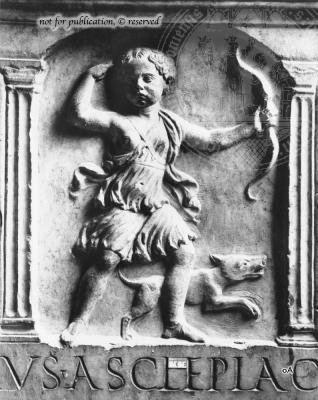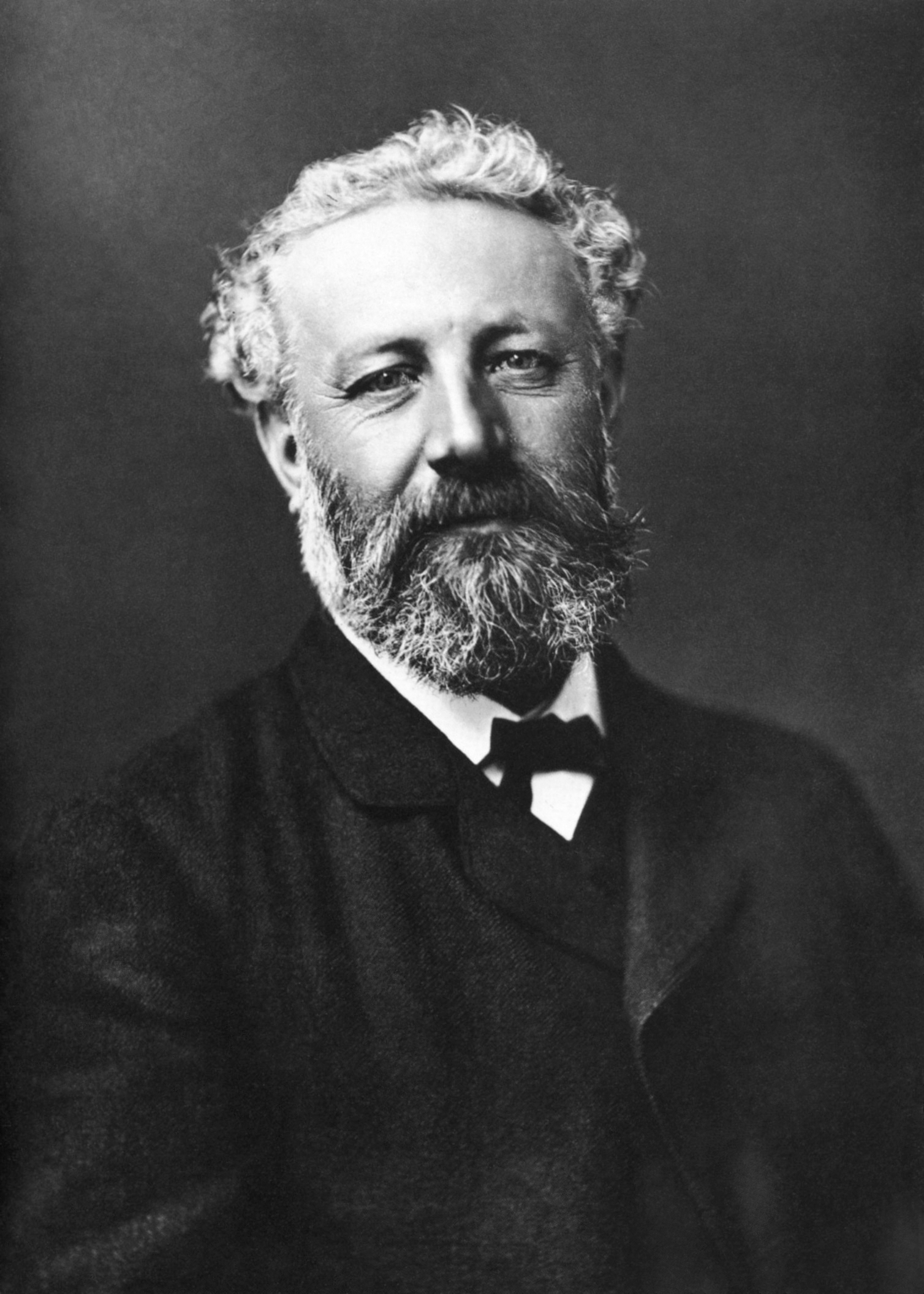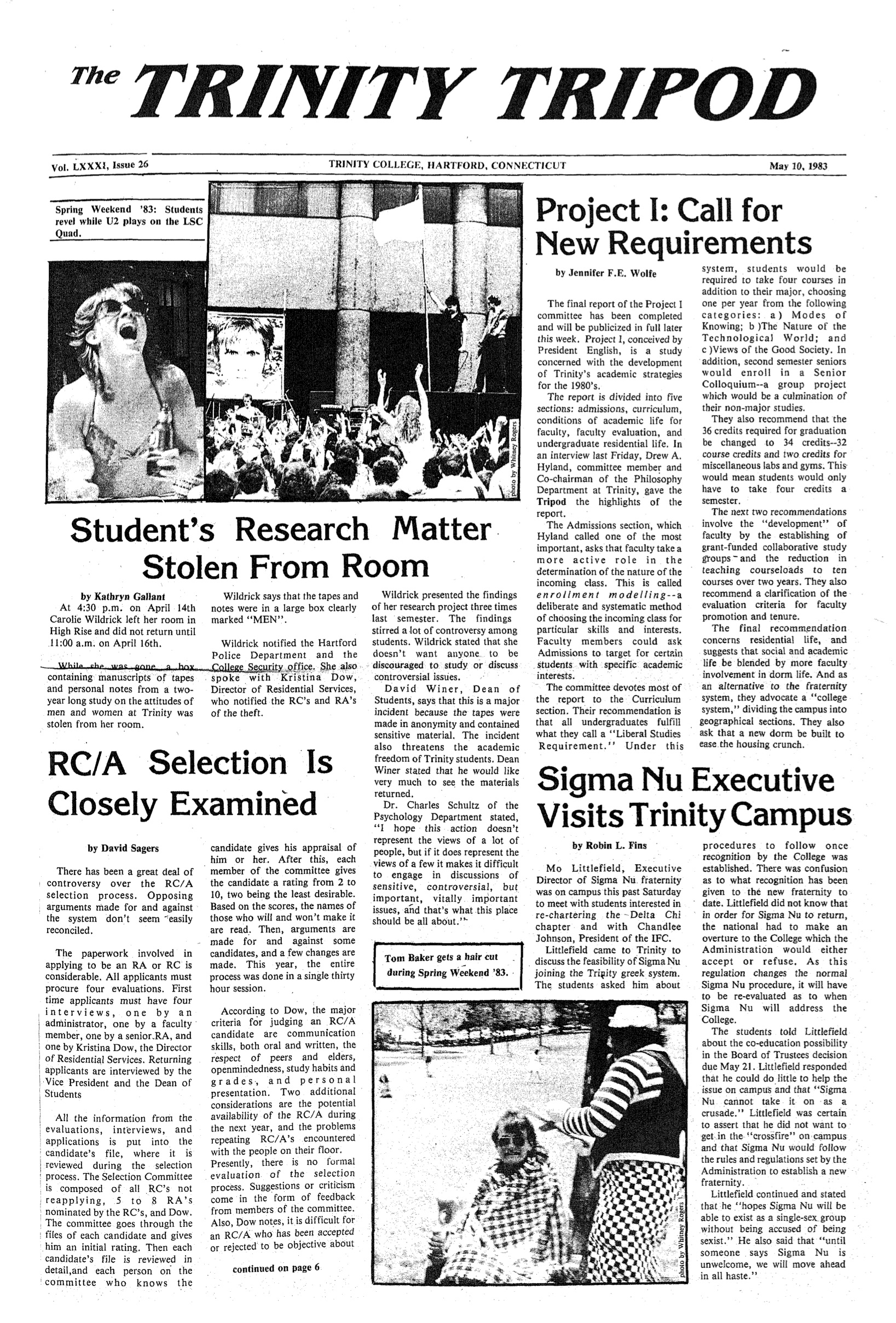 On Wednesday May 1 2019, Profs. Safran, Risser, and Tomasso took the graduating Classical Studies majors to dinner at V’s Trattoria in downtown Hartford. Much fun and frivolity was had over good food good drinks, and good companions. Congratulations, 2019 seniors!
On Wednesday May 1 2019, Profs. Safran, Risser, and Tomasso took the graduating Classical Studies majors to dinner at V’s Trattoria in downtown Hartford. Much fun and frivolity was had over good food good drinks, and good companions. Congratulations, 2019 seniors!
Monthly Archives: May 2019
Zeta Kappa Initiation 2019!
 On Thursday May 2 2019, Trinity College’s chapter of Eta Sigma Phi, Zeta Kappa, formally inducted ten new members!
On Thursday May 2 2019, Trinity College’s chapter of Eta Sigma Phi, Zeta Kappa, formally inducted ten new members!
Eta Sigma Phi is a national honorary association for undergraduate students who have received a “B-” or higher in at least one Greek or Latin course at the college level.
The ten new members included three students set to graduate this month, as well as seven students from the sophomore and junior classes.
The initiation began with a super-secret ritual in the chapel room of Seabury Hall that was followed by a celebration with minidonuts from Tastease and orange juice. Congratulations, Zeta Kappa “class” of 2019! 
Amazons at Trinity!
In the spring semester of 2019, Prof. Tomasso taught a course (CLCV 249/FILM 249/WMGS 249) about the female warriors called Amazons. The course, “Amazons Then & Now” compared ancient Greek and Roman depictions of Amazons in literature and art to modern takes on them. We read selections from epic poems, like Quintus of Smyrna’s Posthomerica, from philosophical treatises, like Musonius Rufus’ On Why Daughters Should Be Educated as Sons, to drama, like Euripides’ tragedy Hippolytus.
We had the good fortune to be visited by two experts on ancient depictions of Amazons. The first visitor was Prof. Lauren Caldwell, who spoke to us about the place of the Amazons in ancient Roman thought. We discussed, among other things, the funerary monument of Aelia Procula, a Roman girl who died in childhood and was depicted with Amazonian iconography: one of her breasts is exposed and she carries a bow (see image to the left). Our second visitor was Prof. Alison Poe, who spoke about the Amazons in the 1963 children’s book The Book of Greek Myths by the d’Aulaires (below).
Each ancient depiction of Amazons was paired with a modern depiction, and so we talked about how the portrayals of Amazons in modern media, such as the BBC/Netflix series Troy: Fall of a City. We also discussed the super heroine Wonder Woman, an Amazon whose mission it is to bring justice and peace to the mortal world. Wonder Woman’s look and narrative have changed quite dramatically over the years, and the class talked about how and why this happened. Student Mary Papantonis noticed the (probably conscious) resemblance between the inspirational image of Wonder Woman drawn by artist Cliff Chiang and a 1963 photo of Martin Luther King, Jr. (above).
Ancient Science Fiction and U2 (?) @ Trinity!

Illustration from a 1647 Dutch edition of A True Story showing the people of the Moon and the people of the Sun at war for the right to colonize the Morning Star, their aerial battle taking place on an enormous battlefield woven by giant spiders – Source (NB: not openly licensed, copyright British Library)
This semester, spring 2019, Prof. Tomasso taught a intermediate/advanced ancient Greek course about the ancient novel A True Story (GREK 332) and its relationship to modern science fiction.
On a sunny, warm afternoon in April, Prof. Tomasso and his students held class outside. ‘Neath the shady elms, they discussed Book 1 section 13 in which the narrator describes a decidedly odd contingent of the Moon King Endymion’s military forces: the Ἀνεμοδρόμοι.
What exactly were these beings? Lucian’s narrator describes them as light-armed infantry who wore chitons down to their feet and flew by letting the wind fill these chitons (χιτῶνας ποδήρεις ὑπεζωσμένοι κολπώσαντες αὐτοὺς τῷ ἀνέμῳ καθάπερ ἱστία φέρονται ὥσπερ τὰ σκάφη). We discussed various translations of Ἀνεμοδρόμοι, including the suggestion of the editors of our textbook, Evan Hayes and Stephen Nimis, “Wind Walkers”, and the translation by A. M. Harmon in his 1913 Loeb translation, “Volplaneurs.”
“Volplaneurs” is French for “Wind Walkers,” but why did Harmon choose to use French here? Perhaps this was intended to be a nod to the great French science-fiction writer of the nineteenth century, Jules Verne!
This sparked a comment by student George Adams about how Bono, the lead singer of the band U2, played a concert at Trinity in 1983 before the band was a household name. Bono climbed to the top of the Life Sciences Building and ziplined down. This is featured in an edition of Trinity Tripod article (below). Bono must have been what Lucian had in mind when he came up with the Ἀνεμοδρόμοι!
Trinity College Classical Studies events 2018-2019
April 2019: Dr. Romano (AIA lecture)
March 2019: Dr. Emily Wilson lecture
October 2018: Dr. Andrew Koh lecture




